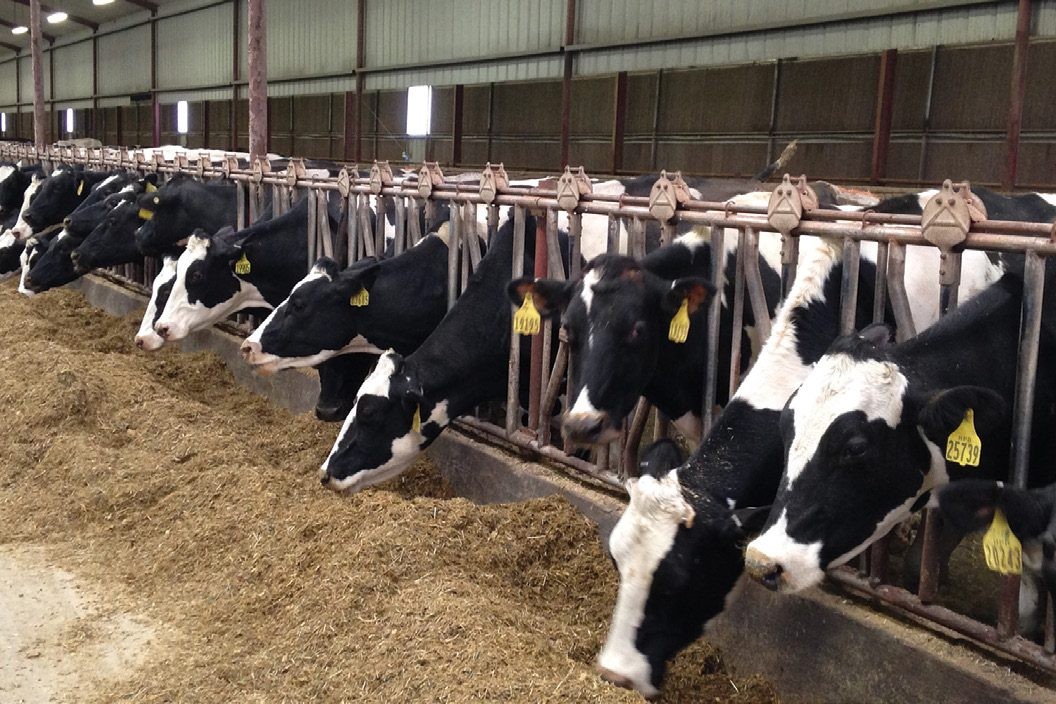While most of the world’s dairy producers, including New Zealand, have seen a slip in production, it has been boom time in the United States.
Depending on where in the country you are, you’re probably posting daily milk production figures ahead of last year at this time of the year, with moisture excess the name of the game in the north, while Southland battles another drier-than-normal summer.
However, if you reopen the mental scars that were this season’s winter and spring, you’ll remember that total milk production in New Zealand continues to track behind the season before, and that season was lower than the season preceding it.
Long story short, growth of total milk production isn’t as achievable in NZ as it seemed pre-2020, due to a multitude of factors.
The same can be said for European farmers, with growth not expected in the coming years. Likewise, Aussie dairy farmers are also forecast to reduce their milk production by about 6.9% this season, heading back below levels last recorded in 1992.
Looking over the Pacific, South American milk production is also under threat, with input costs and rapid inflation hurting dairy farmers from Brazil south, not to mention a drought this season in Argentina, all adding pressure to dairy farmers and dairy production there. Chinese milk production just recorded a record volume of milk, with 2022 milk collections eclipsing 39 million tonnes, a 29.4% increase of production since 2017. However, even the Chinese dairy industry is expected to retract its milk production during 2023 in the face of squeezed margins, derived mostly from high feed costs.
So, with all that in mind, where is the last bastion of milk production likely to be?
At this stage, the best bets are the United States, with their milk production posting another year of growth in 2022, a feat unmatched for the year. The USDA is forecasting 2023 to grow at about 0.8% from 2022 levels. All well and good if the American population increases their intake of cheese and milk in those little cartons…
From a NZ dairy farmer’s perspective, this outlook of ongoing milk output growth by US dairy farmers should be seen as a concern, and for a multitude of factors.
US processors are engaging more in the export market than they had in the past. Take US dairy exports to China, which have grown immensely over the last three years, moving China firmly into the second-largest US dairy export destination, rapidly catching long-term, and steady, US dairy export destination Mexico.
Most of the US’s dairy trade with China is based on whey, but this is changing as the opportunities in China grow. US exporters are also squarely aiming at Southeast Asian destinations as key opportunities of growth. This region is very adept at changing their purchasing region, in general aiming for the cheapest product available.
Even though there are other factors in play, US exports wrote a new record in 2022, posting an export figure of US$9 billion (NZ$14.4b) for the year, a 25% increase on the year before, and the third consecutive year of growth. Even though whey exports are a mainstay, 2022 exports of cheese grew 12.1% during the year, while cheddar cheese exports increased 58.2% from the year before. Butter exports grew by 48.5%, while anhydrous milk fat exports grew by 27.0%; massive gains of high-value dairy products!
US exporters are no longer dumping byproducts into the global market, they’re looking for value, and are willing to battle NZ and EU exporters in their own playground.
Even though the US milk production system is very different to our own and could be considered a disadvantage for their potential price achieved, they have a shipping advantage over our exporters.
- Stuart Davison is a dairy analyst for NZX.






